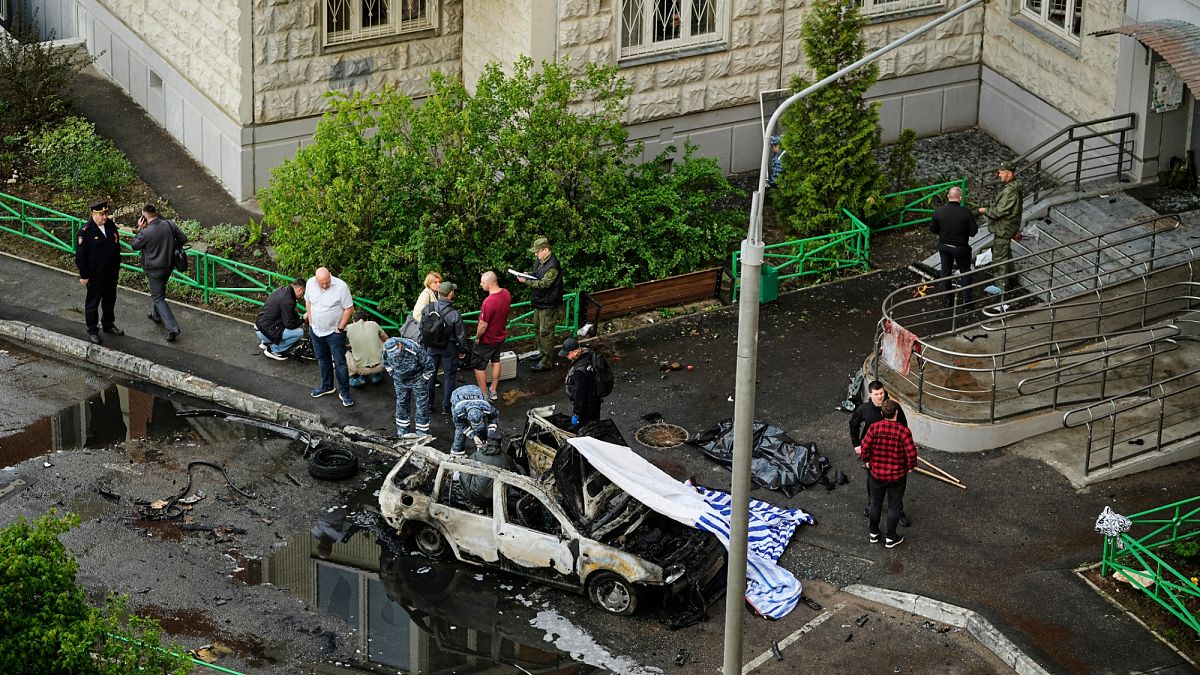A New Zealand-born entrepreneur says the artificial intelligence contest between the US and China is heating up because the technology has the potential to be as disruptive for conflict strategies as nuclear weapons.
San Francisco-based Sean Gourley was the founder and former chief executive of Primer AI, a technology firm that develops AI to synthesise data and support decision-making. The US Air Force is among its clients.
Gourley told Q+A that technologies like nuclear weapons, stealth weaponry, and precision-guided munitions can form part of a military’s offset strategy. This strategy uses innovation to gain significant advantages over opponents without similar technologies.
“Technological offset basically says if you have a technology that is so capable, it renders the opponent without the technology defeated before the war even starts,” he said.
“What this means concretely is there’s an arms race now to establish global AI dominance, because that means there’s going to be global geopolitical dominance.
“Whoever gets this is very likely going to be running the strongest and most competent military in the world and will be able to project their ideology and power behind it.”
He said this type of AI was more advanced than what most people would be familiar with — AI-powered large-language models like OpenAI’s ChatGPT, Microsoft’s Copilot, or DeepSeek’s R1.
“It’s much more than you know, ‘Do I have a ChatGPT to answer my homework?’ This is, ‘Do I have the right AI systems to run a swarm of massive drones to take down a carrier group inside of the South China Sea?'”
Gourley said there were “very early” experiments of AI’s capabilities in warfare in Ukraine, such as in autonomous control systems for drones.
Based on his conversations with Ukrainian defence technology ministers, Gourley expected AI would be used “a lot more” on the battlefield in the next 12 months, if the war continued.
“What you’re going to see is you’re going to move from human-driven systems to computer-driven systems.”
He said the US was already experimenting with programmes like DARPA AlphaDogfight, where AI algorithms compete against human fighter pilots in simulated battles.
“Machines are absolutely kicking the arses of the humans. Like, it’s not even close. They are faster. They are better. They’ll take risks that humans won’t take. Machines fly aeroplanes better than humans,” Gourley said.
“The next step of that is going to be swarms. So instead of having one aeroplane, you’re going to have 1000, you’re going to have 100,000.
“China’s been putting on these amazing drone swarm demonstrations with dragons flying around like fireworks.”
The dominance of US tech firms was called into question late last month, after the release of an AI chatbot by Chinese tech startup DeepSeek.
Q+A with Jack Tame is made with the support of NZ on Air.











